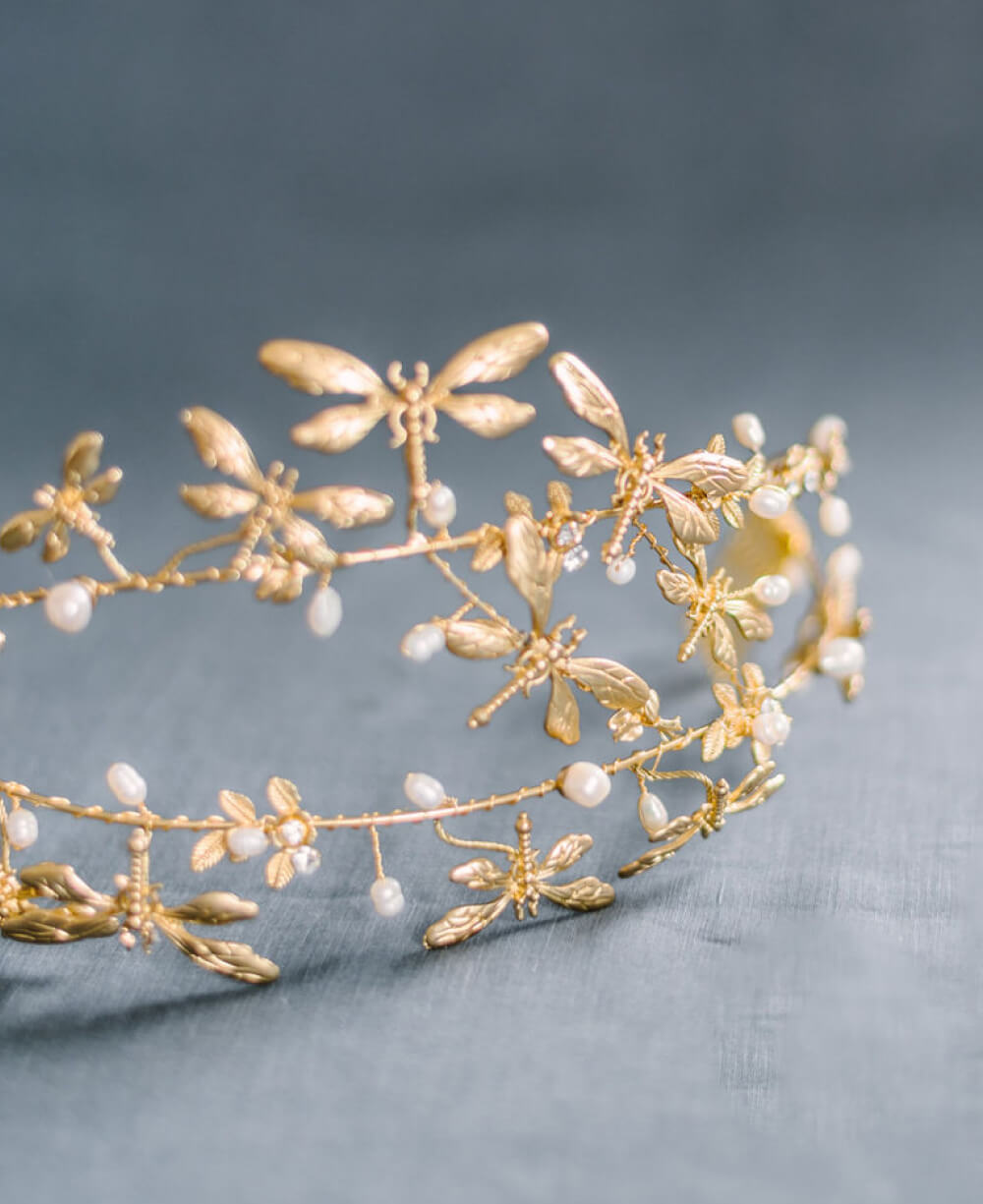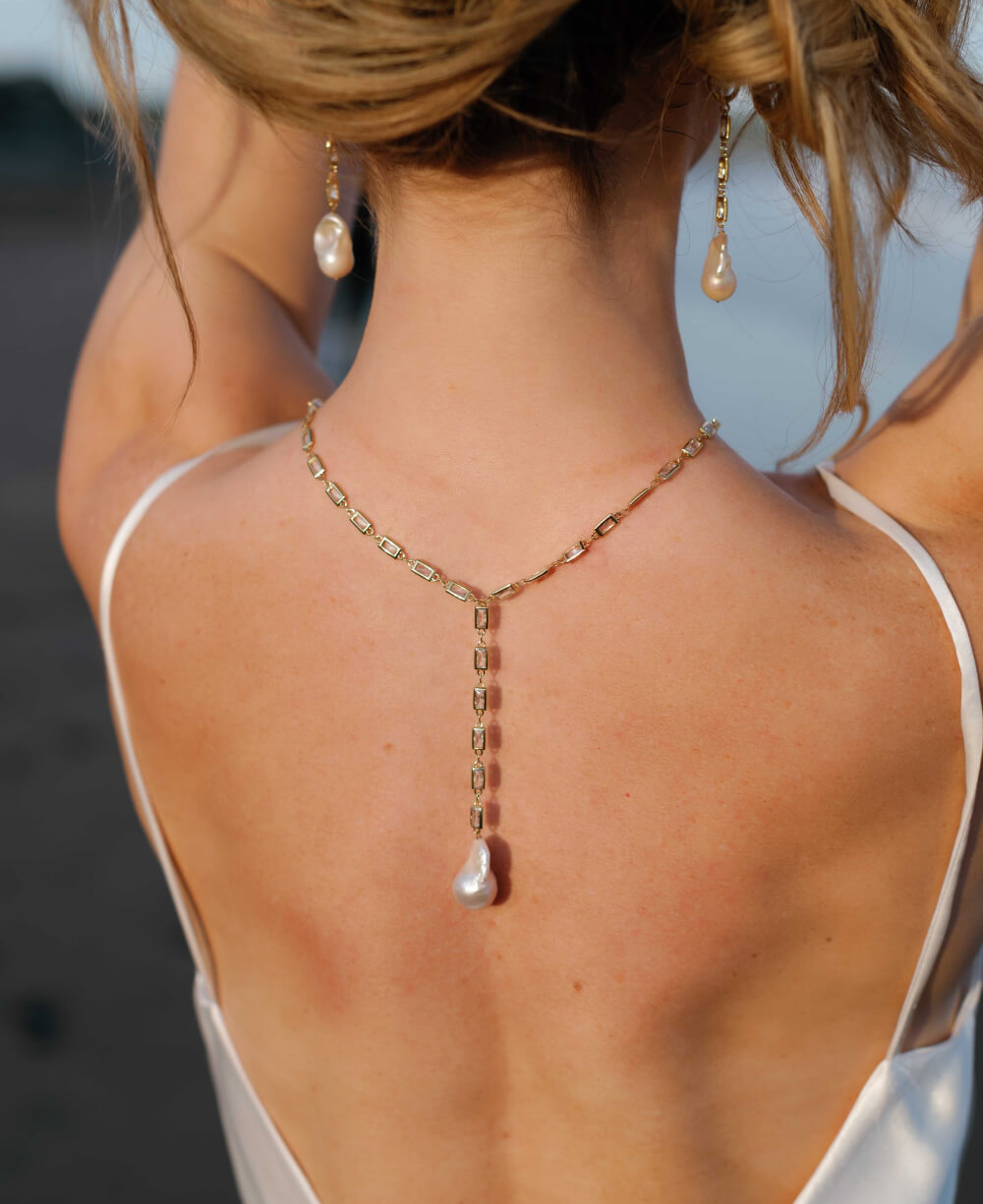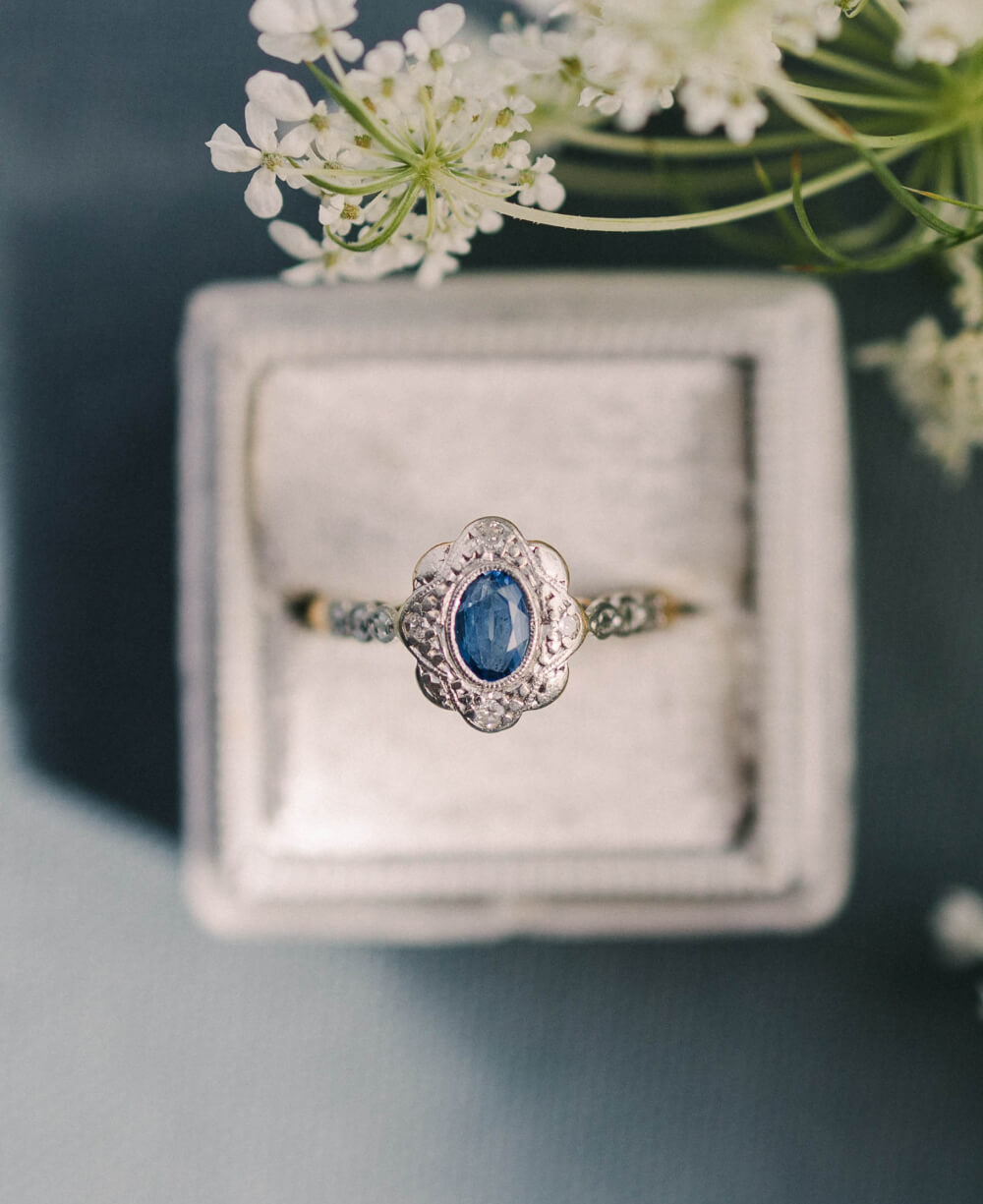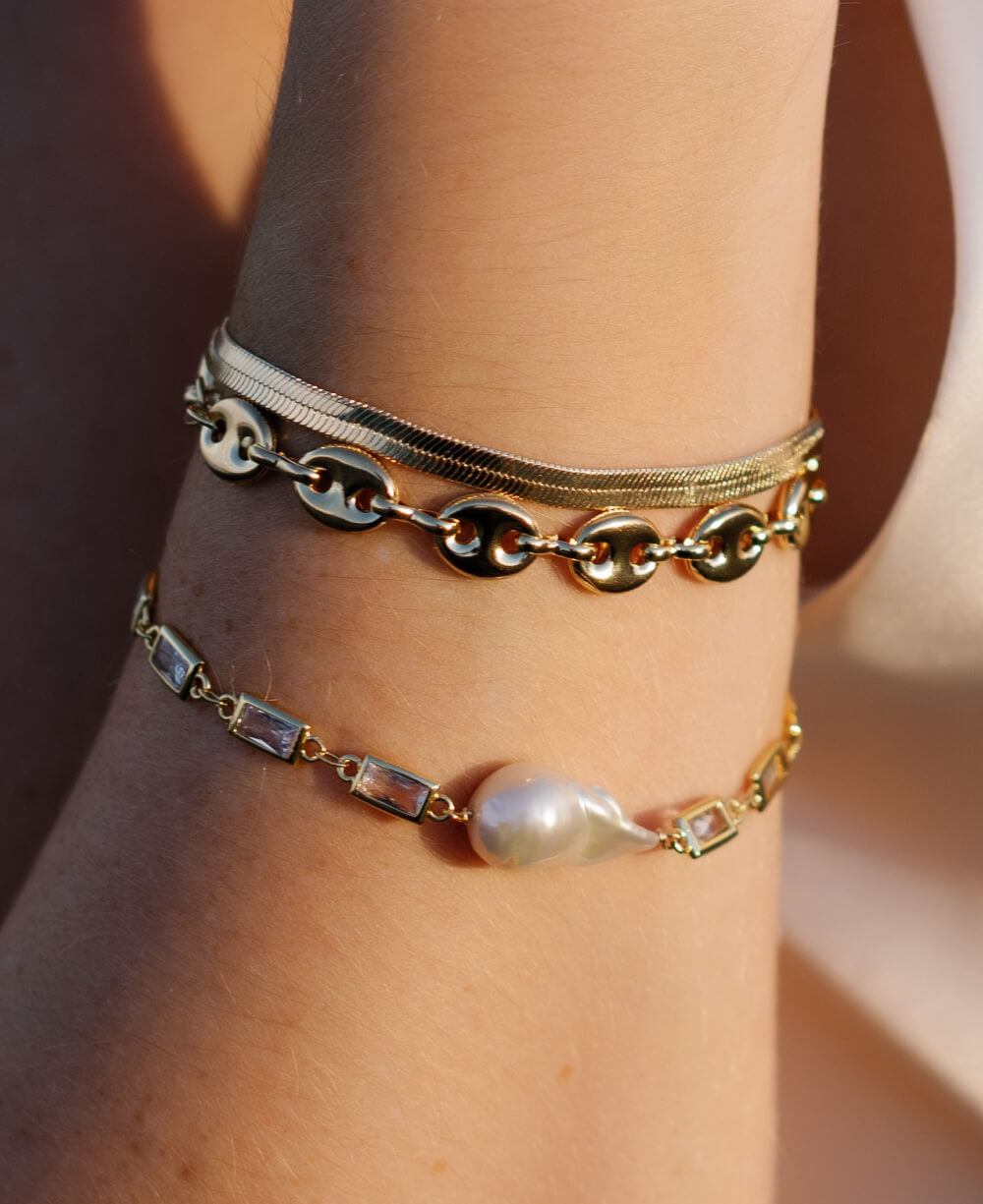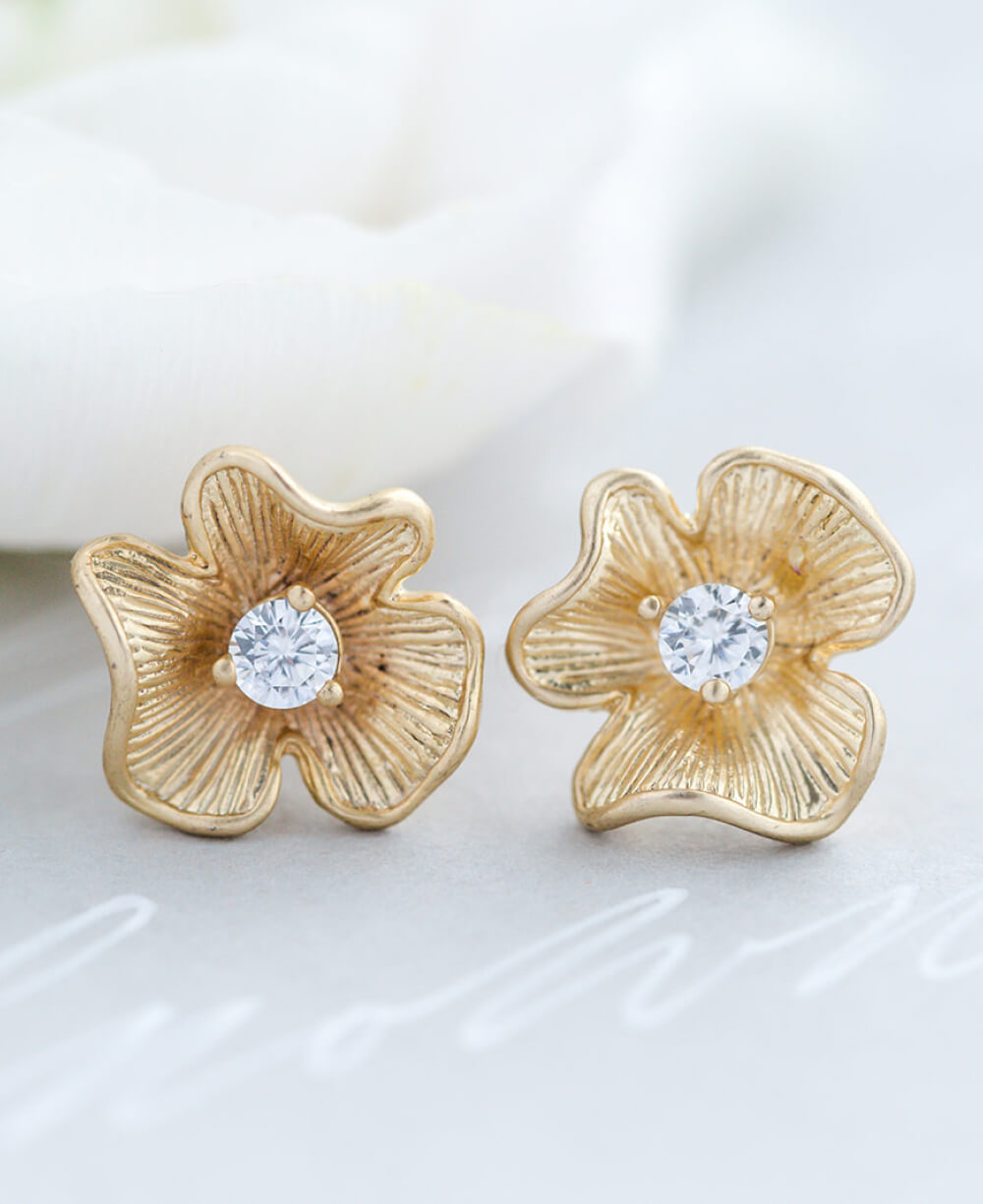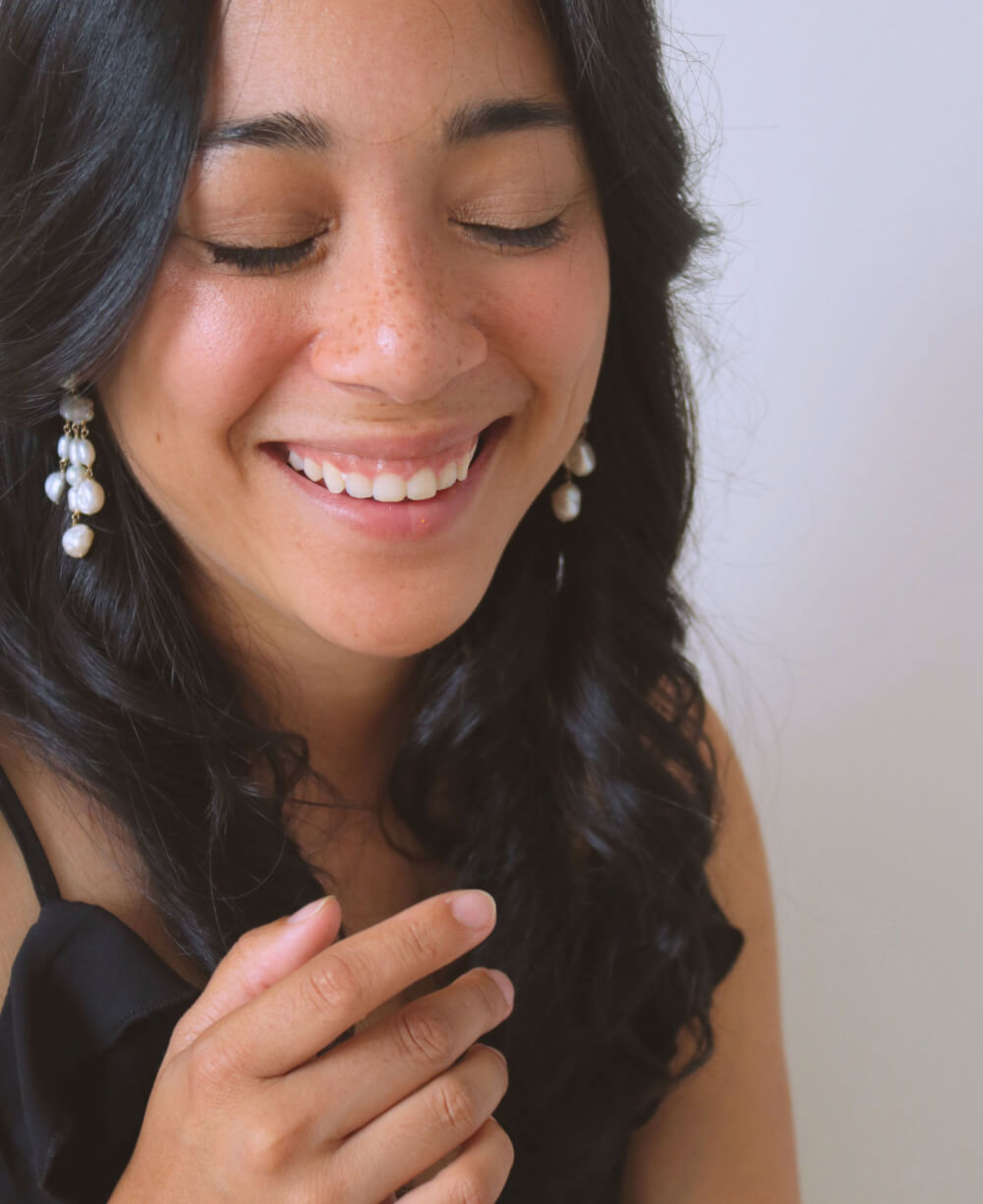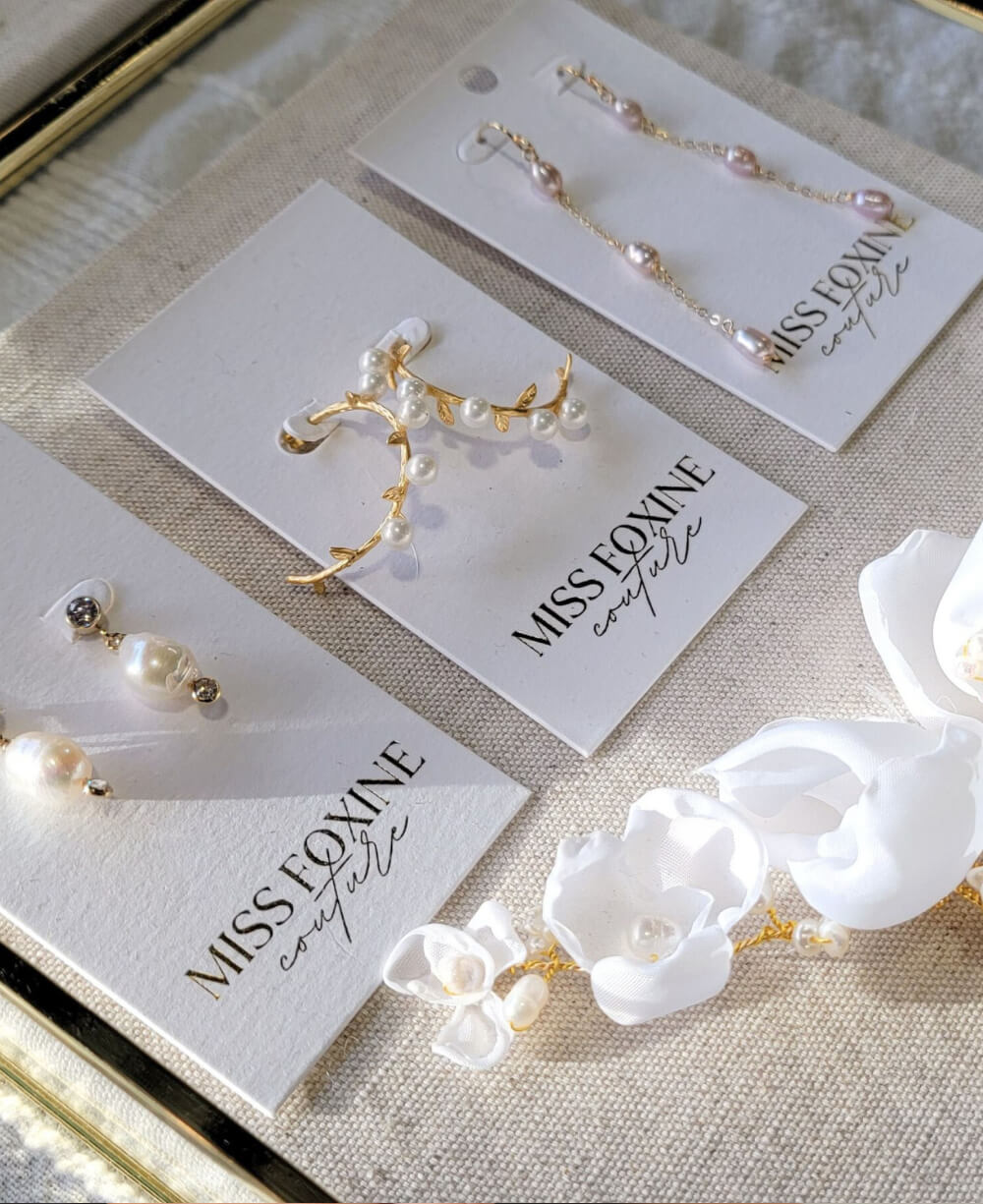SUSTAINABILITY
Since our beginning, we have strived for and valued sustainability by committing to upcycling as many materials as possible.
From incorporating aspects of nature like sea glass, birch bark, and butterfly wings, to breathing new life into old pieces like antique crystal and old watch faces.
“I try to inform my clients about fast fashion jewelry and how sustainable jewelry materials such as sterling silver and 14k gold filled allows the wearer to invest in products that they are not just going to throw away in a few weeks of wear. It helps reduce the impact on the environment and should be seen as an investment in our future and local economy. People want to buy pieces that make them look AND feel good, and more people are becoming aware of how our consumption of materials and fashion affects us.”
Theresa Capell
JEWELRY MATERIALS
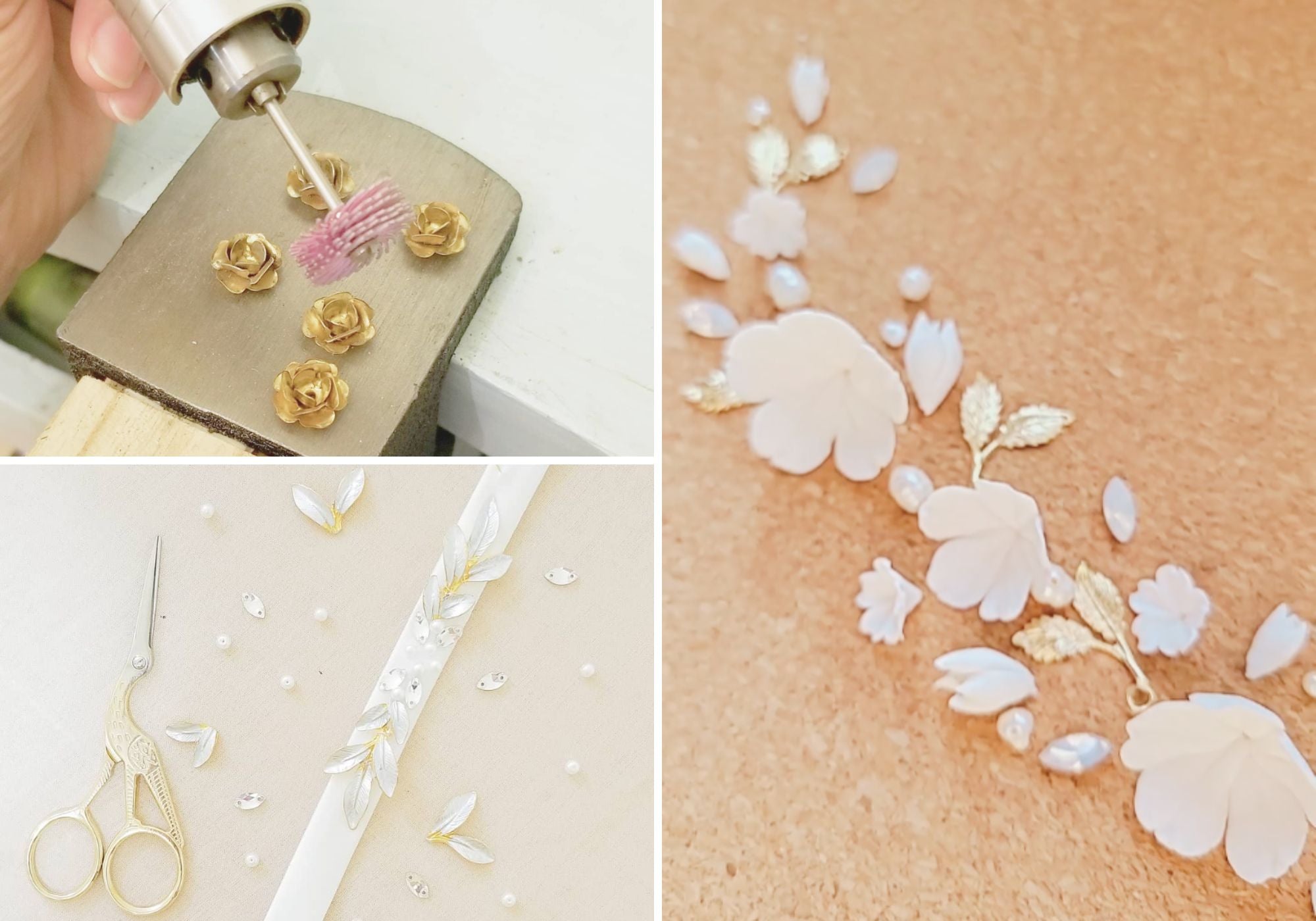
Here at Miss Foxine, we use high-quality precious metals such as 14k Gold Filled, 14k Gold Vermeil, & Solid Sterling Silver. These materials allow for the durability of long-term wear, reducing item turnover.
Even bits of wire and pieces of our precious materials from designing will always have value, so we collect and melt these down in order to reuse everything we can.
Companies like Zara and H&M sell cheap jewelry made with zinc, steel, brass, and iron and will use vague terms like gold/silver plated, making it impossible to know what the bases would be. They are able to label the material as ‘metal’ which could be anything.
One of the biggest issues for this oversight, is that the materials can include heavy metals which are extremely dangerous.
NATURAL MATERIALS

All of our natural materials are ethically sourced!
Our organic freshwater pearls are sourced from small villages around Manilla in the Philippines where they remove the pearls without injuring any oysters.
The butterfly wings we use come from various North American conservatories where they naturally pass before being brought to life through our jewelry.
SMALL BATCH PRODUCTION

Our products and packaging are both made and ordered in small batches; ensuring no surplus of potentially unused packaging.
Designs are tested at markets first, keeping our inventory low to avoid over-production. As trends change and styles run out, many of our items are made to order so we are using only what is needed.
A large inventory doesn’t always sell, despite some companies demanding a large backlog of items for faster bulk sales on sites like Amazon and Temu.
Cheap prices produce less, so huge quantities have to be sold in order to make a profit. This model is based on speed and a vast range of products and the unused excess becomes waste.
PACKAGING MATERIALS
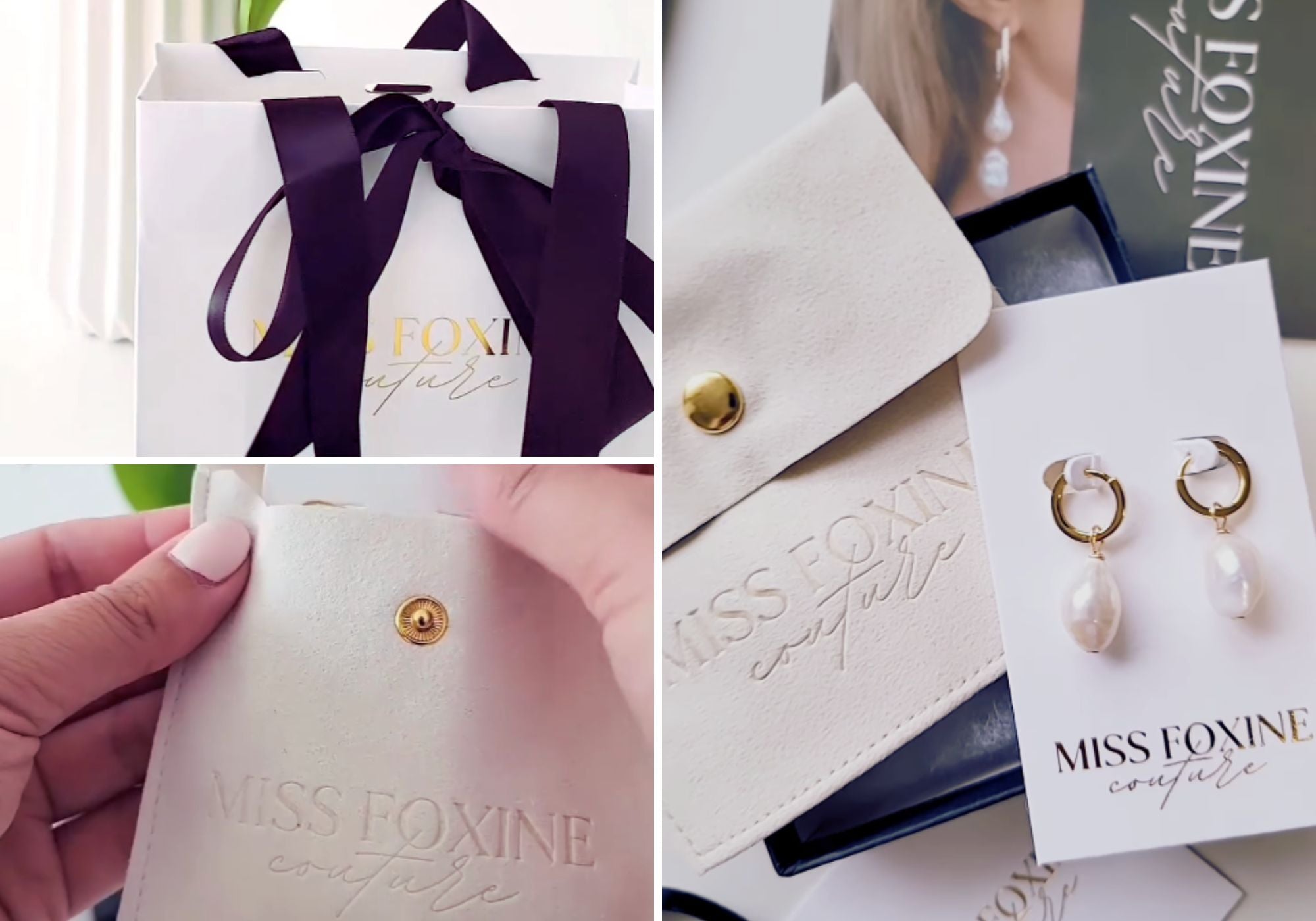
For our packaging, we use recyclable materials, like our paper bags which are also made from recycled paper, or our soft jewelry pouches that are made for you to use again and again.
Even the plastic used for shipping is made sure to be recyclable, and we maintain a lower carbon footprint by supporting/using Canadian retailers when sourcing either jewelry or packaging materials.
BROKEN PIECES
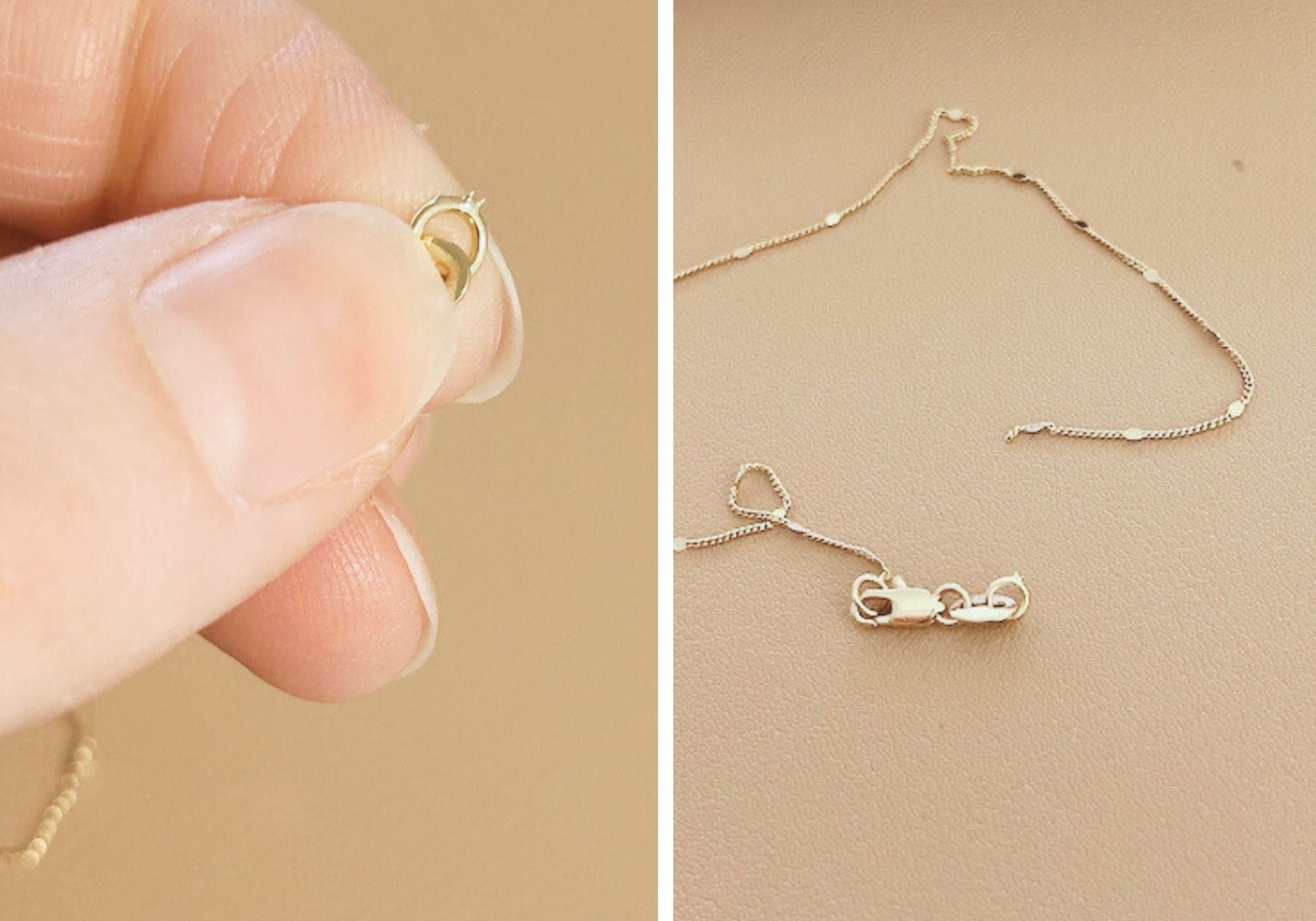
We commit to fixing our broken pieces so you can continue to love them for a lifetime. Just like our leftover materials, we recycle any unfixable broken pieces and precious metals and melt them down for reuse so nothing is wasted.
Fast fashion businesses set sales price parameters, but manufacturers don’t get paid until items reach customers with the right quality. This means that if there are defects, suppliers may not make much in terms of profit, and the items become waste. This is a large part of why, in order to make up ground, they have to work longer, and produce more.
REFURBISHED RINGS
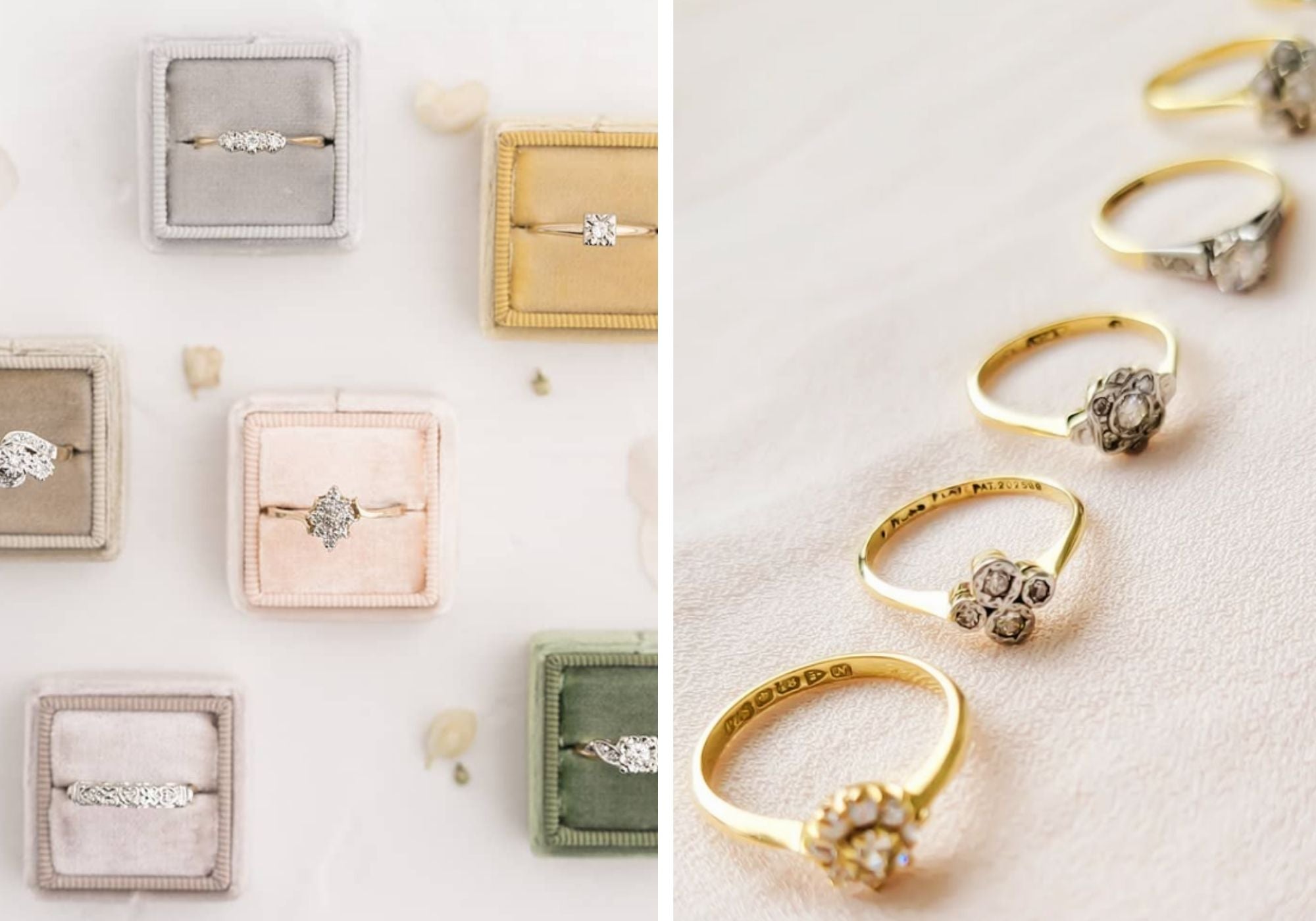
No ring left behind!
All of our engagement rings are vintage, antique, or preloved in order to reduce flooding the market with new items. Instead, we clean them up, resize them if need be, and help find them new forever homes to continue their legacy.
Shein produces and releases around 6000 new styles every day; overhauling and saturating the market with unnecessary excess that doesn't last.
Learn more about the impact of fast fashion.



